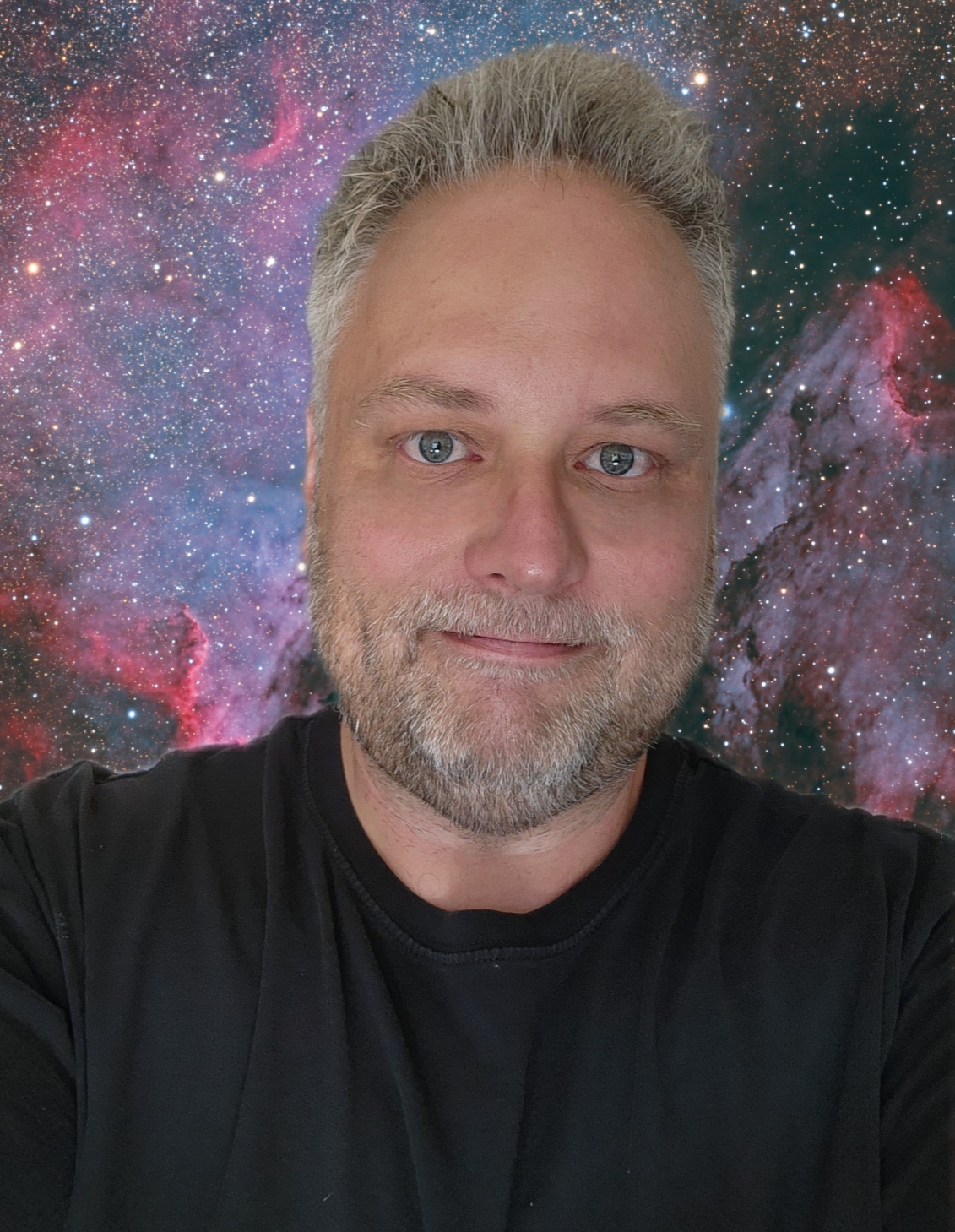No products in the cart.

Did you know light pollution is growing each year, faster than any other form of pollution? The invention of the white LED has herald a new wave of energy efficiency that has produced the opposite of what was intended – we are using more artificial light than ever before because LED is cheap and white LED contains a lot of blue light which is harmful to humans and eco systems, including important pollinators.
A new NATGEO article discusses the growing problem of light pollution and how the Earth is paying the price.

“But if light bulbs have a dark side, it’s that they have stolen the night. The excess light we dump into our environments is endangering ecosystems by harming animals whose life cycles depend on dark. We’re endangering ourselves by altering the biochemical rhythms that normally ebb and flow with natural light levels. And in a primal sense, we’ve lost our connection to nighttime skies, the tapestries into which our ancestors wove their star-studded stories, timed the planting and harvesting of crops, and deduced the physical laws governing the cosmos.”
“The disappearance of the night sky is tied up in our ever more fast-paced world,” says Amanda Gormley of the Tucson-based International Dark-Sky Association. “We lose something essential; we lose a part of ourselves when we lose access to the night sky. We lose that sense of stillness and awe that should be right over our heads every night.”
Of all the types of pollution, light pollution is by far the easiest to fix. Flip the switch to turn off your overnight outdoor lights. Use amber LED (2200K) instead of white 3000K-5000K which are harmful to all living species. Shield lights so that the light is directed where you need it and not up into the night sky. Many stores are now carrying amber LED options and if yours isn’t, then ask the store manager why not and when they can get some of these lights in for you to purchase!
If everyone did their little part, turning off lights, switching to low kelvin LED, shielding outdoor lights, we’d see a meaningful reduction in light pollution and help to prevent climate change further.
To read the full NATGEO on light pollution go here: https://www.nationalgeographic.com/science/2019/04/nights-are-getting-brighter-earth-paying-the-price-light-pollution-dark-skies/

My story began more than 40 years ago looking up at the Moon with a small telescope my Father had. Encouraged by my parents, who bought me my very own telescope, a 4.5″ reflector, I began to explore the night sky from my family home backyard. Today I do astrophotography from my home in Kitchener, Ontario and also with remote telescopes located in New Mexico and Australia. Some of my images have won awards and have been featured online and in magazines.


Leave a comment...